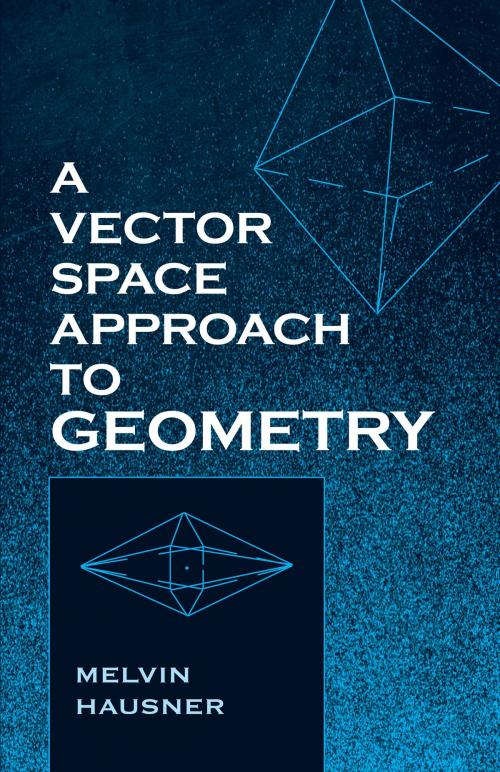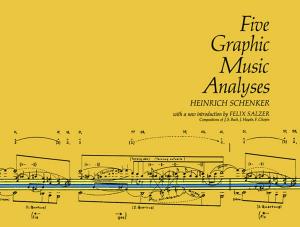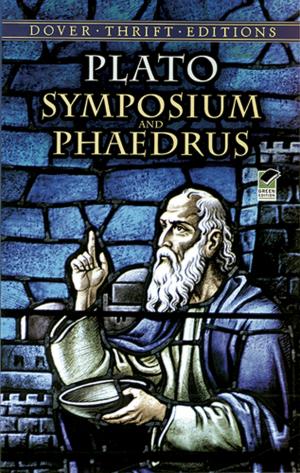| Author: | Melvin Hausner | ISBN: | 9780486835396 |
| Publisher: | Dover Publications | Publication: | October 17, 2018 |
| Imprint: | Dover Publications | Language: | English |
| Author: | Melvin Hausner |
| ISBN: | 9780486835396 |
| Publisher: | Dover Publications |
| Publication: | October 17, 2018 |
| Imprint: | Dover Publications |
| Language: | English |
A fascinating exploration of the correlation between geometry and linear algebra, this text portrays the former as a subject better understood by the use and development of the latter rather than as an independent field. The treatment offers elementary explanations of the role of geometry in other branches of math and science — including physics, analysis, and group theory — as well as its value in understanding probability, determinant theory, and function spaces.
Outstanding features of this volume include discussions of systematic geometric motivations in vector space theory and matrix theory; the use of the center of mass in geometry, with an introduction to barycentric coordinates; axiomatic development of determinants in a chapter dealing with area and volume; and a careful consideration of the particle problem. Students and other mathematically inclined readers will find that this inquiry into the interplay between geometry and other areas offers an enriched appreciation of both subjects.
A fascinating exploration of the correlation between geometry and linear algebra, this text portrays the former as a subject better understood by the use and development of the latter rather than as an independent field. The treatment offers elementary explanations of the role of geometry in other branches of math and science — including physics, analysis, and group theory — as well as its value in understanding probability, determinant theory, and function spaces.
Outstanding features of this volume include discussions of systematic geometric motivations in vector space theory and matrix theory; the use of the center of mass in geometry, with an introduction to barycentric coordinates; axiomatic development of determinants in a chapter dealing with area and volume; and a careful consideration of the particle problem. Students and other mathematically inclined readers will find that this inquiry into the interplay between geometry and other areas offers an enriched appreciation of both subjects.















